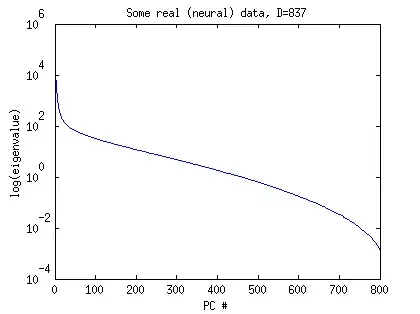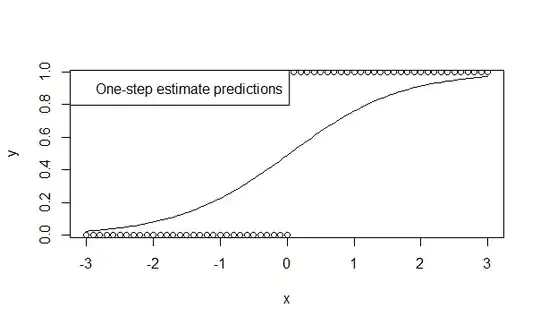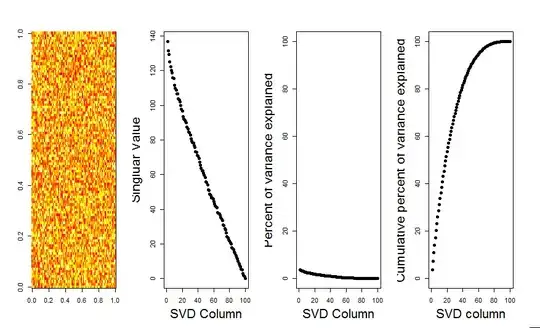I'm working on a binary classification problem, with imbalanced classes (10:1). Since for binary classification, the objective function of XGBoost is 'binary:logistic', the probabilities should be well calibrated. However, I'm getting a very puzzling result:
xgb_clf = xgb.XGBClassifier(n_estimators=1000,
learning_rate=0.01,
max_depth=3,
subsample=0.8,
colsample_bytree=1,
gamma=1,
objective='binary:logistic',
scale_pos_weight = 10)
y_score_xgb = cross_val_predict(estimator=xgb_clf, X=X, y=y, method='predict_proba', cv=5)
plot_calibration_curves(y_true=y, y_prob=y_score_xgb[:,1], n_bins=10)
It seems like a "nice" (linear) reliability curve, however, the slope is less than 45 degrees.
and here is the classification report:

However, if I do calibration, the resulting curve looks even worse:
calibrated = CalibratedClassifierCV(xgb_clf, method='sigmoid', cv=5)
y_score_xgb_clb = cross_val_predict(estimator=calibrated, X=X, y=y, method='predict_proba', cv=5)
plot_calibration_curves(y_true=y, y_prob=y_score_xgb_clb[:,1], n_bins=10)
What is more strange is that the outputted probabilities now clipped at ~0.75 (I don't get scores higher than 0.75).
Any suggestions / flaws in my approach?

